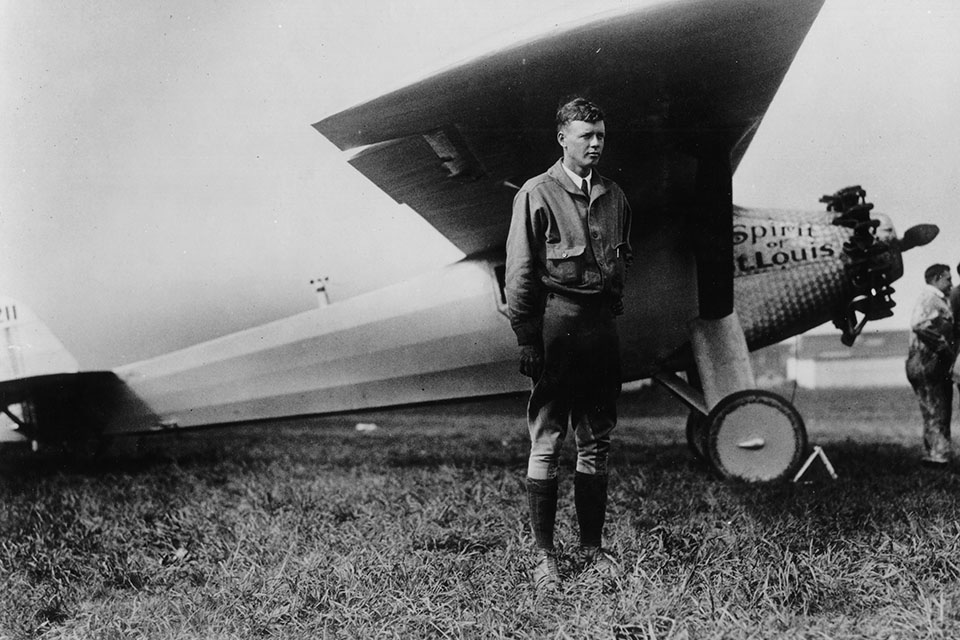The Spirit of St. Louis
by Charles A. Lindbergh
More than eight decades have passed since Charles Lindbergh earned international fame for flying a single-engine plane solo from New York to Paris. He agreed to a book about his 1927 flight titled We, presuming that it would be written in the third person after he gave interviews to a professional writer. After reading the draft, he turned it down.
Since the book had already been widely advertised, Lindbergh felt obligated to rewrite it himself, in the first person. He finished that work in three weeks, but was still dissatisfied with the result, and resolved that someday he would do a better job of telling his own story.
We became a national bestseller that went through 14 reprintings within one month. In it Lindbergh covered his boyhood, early flights, barnstorming experiences, Army flying cadet training, airmail escapades (including emergency parachute jumps), acquiring and testing the aircraft dubbed Spirit of St. Louis and planning for his transatlantic flight. Strangely, however, he devoted only 10 pages to the flight itself. The final 85 pages were written by Fitzhugh Green, who chronicled how Lindbergh was feted in Europe after his historic feat.
Unimpressed with We despite the favorable publicity that it garnered, Lindbergh started the first draft of a more complete autobiography in Paris in 1938, while he was making a survey of European aviation. In 1948 he published a 56-page book, Of Flight and Life, drawing on his World War II experience. Touted as “an attempt…to clarify the crisis in the struggle between scientific materialism and moral force which the world faces today,” it proved to be controversial and failed to sell.
Meanwhile Lindbergh continued to gather material for a longer account of his famous flight. He at length arrived at a final draft, which he titled The Spirit of St. Louis, and which he claimed “is as accurate factually and impressionistically as I could make it, both through my own effort and through the criticism of others—in the flashbacks as well as in the story of the flight itself.” Published in 1955, it won instant acclaim.
Even from a 21st-century perspective, readers will be caught up in this hour-by-hour account of the Ryan NYP’s performance, as well as the critical minutiae of Lucky Lindy’s time in the cockpit. Through his words we can appreciate all the doubts, questions and fears experienced by a truly exceptional individual in the course of his great adventure.
Originally published in the March 2013 issue of Aviation History. To subscribe, click here.





